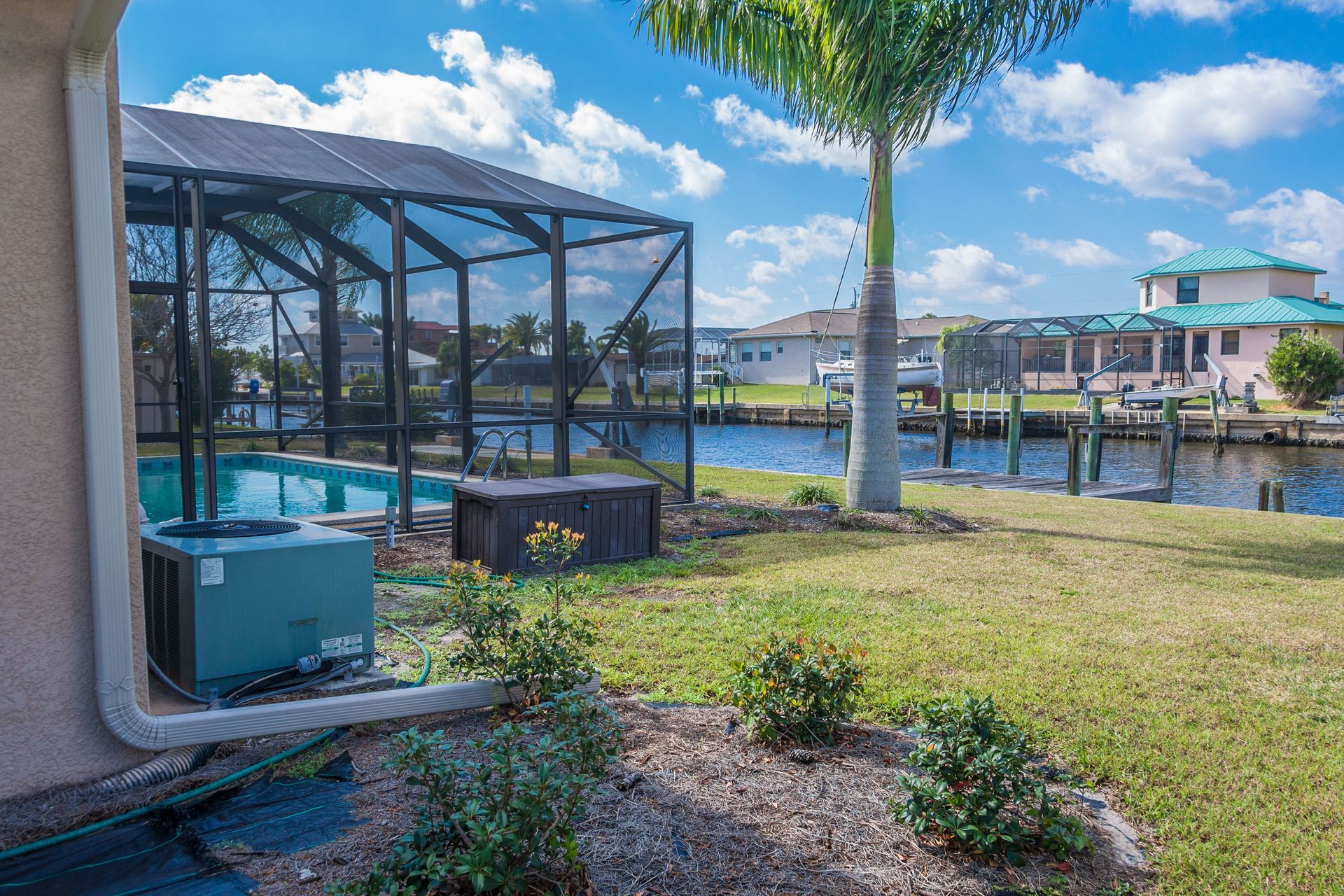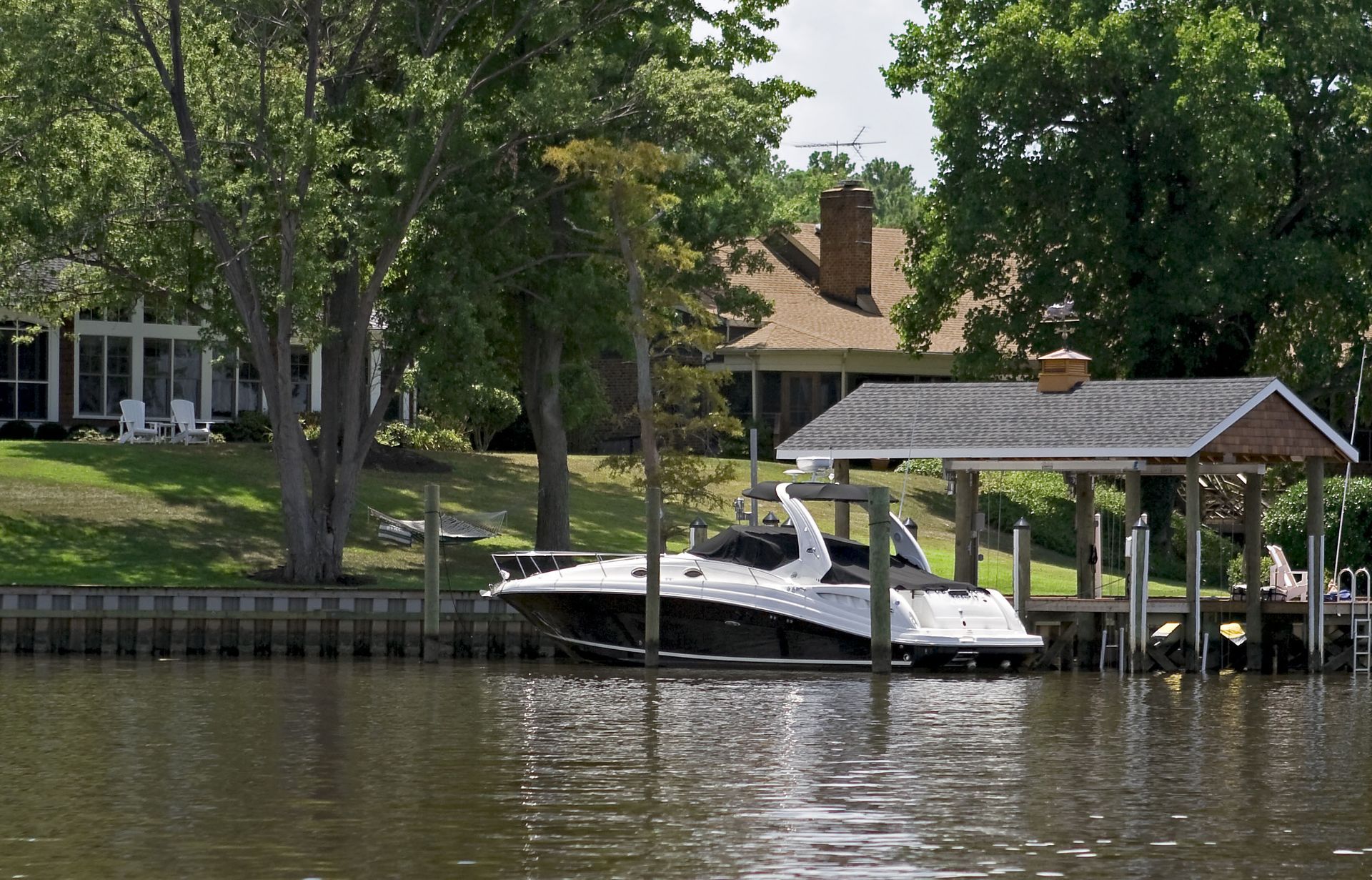How to Choose the Right Location for Boat Lift Installation
One of the crucial factors influencing the performance of a boat lift is the water depth where it's installed. Adequate depth is necessary for ensuring that the boat and lift function as intended, preventing potential damage during docking and undocking operations. When the depth is insufficient, boats might scrape the bottom, leading to costly repairs and potentially shortening the lifespan of the lift itself. Moreover, drowning risks increase in shallow waters, especially when dealing with larger boats or complex lift mechanisms. It's advisable to conduct a thorough assessment of water depth before proceeding with the installation.
Seasonal changes greatly impact water levels, which is a factor that shouldn't be underestimated when choosing your lift location. In many areas, water bodies experience fluctuating water levels due to seasonal weather patterns, such as increased rainfall during certain months and drought in others. These variations should be accounted for to ensure that the lift remains functional throughout the year. If the boat lift is installed in a spot that becomes too shallow during specific seasons, it might necessitate frequent adjustments or even a relocation, which can incur additional costs. Studying historical data on water levels in the area provides valuable insight.
Evaluating the Water Bed Composition
The composition of the waterbed is another critical aspect to consider when installing a boat lift. Water bed materials typically range from sand and silt to clay and rock, each presenting its own installation challenges. A sandy bottom may offer less resistance, whereas a rocky or clay-based bed might demand more robust installation techniques. Understanding the specific type of soil in the area can influence the choice of anchors or other supporting structures necessary for stability. Choosing the right materials for construction based on bed assessment is vital for the longevity of the installation.
The water bed composition directly affects the installation process and the type of equipment required. A bed with high clay content, for instance, provides better anchor hold than a silty bottom, where anchors may drag. This, in turn, affects the complexity and cost of the installation, as harder materials might necessitate specialized tools or additional labor. Understanding these aspects helps in planning a budget-efficient yet robust project suited to the specific conditions of the site. Anticipating potential challenges based on bed composition can significantly streamline the installation process.
Considering Local Regulations and Permits
Zoning laws dictate the permissible uses of lands within specific regions and can affect where a boat lift may be installed. Regulations vary significantly among localities, with specific sectors designated for residential, commercial, or recreational use. It's critical to confirm that the planned installation area complies with the local zoning laws to avoid future legal disputes. Non-compliance could result in fines or forced removal of the installation, therefore conducting diligent research is essential. Consulting with local zoning authorities can provide clarity and help ensure adherence to all pertinent regulations.
Securing the necessary permits is a mandatory step before commencing any boat lift installation. These permits ensure that the installation adheres to local safety and environmental standards, thus guaranteeing public interest and ecosystem balance are maintained. Failure to acquire the correct permits can result in hefty fines or mandates to modify or remove installations at one's expense. It is beneficial to partner with professionals who are well-versed in these regulatory requirements to facilitate a smooth permitting process.
Compared to other considerations, environmental protection standards safeguard the ecological health of water bodies during the installation of a boat lift. By adhering to these standards, you contribute to preventing damage to local wildlife and vegetation, which ensures the sustainability of marine ecosystems. Such standards often dictate specifics related to installation processes, including limitations on materials used and timing of construction activities to avoid breeding seasons of local marine life. Compliance provides legal protections and fosters community goodwill.
Accessibility and Convenience
Accessibility is pivotal, with proximity to residential areas being a fundamental determinant in choosing a boat lift location. For practical purposes, having your lift close to your residence simplifies the logistics of boating, saving time and effort for transport. A nearby boat lift not only eases personal use but also enhances property value, serving as a notable draw for potential future buyers interested in boating activities. However, careful consideration should be given to any noise or traffic disturbances that the lift's proximity might introduce to the neighborhood.
The efficiency with which a boat can be launched and retrieved is a critical factor for boat lift users. A location that allows for smooth and rapid deployment significantly enhances the boating experience, fostering more frequent and spontaneous outings. Proper alignment with water currents and wind conditions can help streamline these operations, reducing potential strain on the equipment and users alike. Implementing aids such as contour mapping and wind direction monitoring can inform the optimal placement of the boat lift.
Environmental Impact and Preservation
Installation of boat lifts can inadvertently influence local marine ecosystems, affecting habitats and species that reside there. Understanding the local marine life and their habitats helps inform decisions that mitigate negative impacts. Through carefully orchestrated installation practices, one can minimize disruption and help preserve the ecological balance. Collaborating with marine biologists or ecologists can provide insights into best practices that protect local biodiversity.
Minimizing ecological disruption involves thoughtful planning and execution during the entire process of boat lift installation. This includes timing operations to avoid sensitive periods like breeding or migration seasons of local fauna. Use of non-invasive techniques and environment-friendly materials are proactive steps that reduce the footprint of the installation. Striking a balance between human endeavors and nature’s cycles ensures compliance with regulations and community values of stewardship.
The adoption of eco-friendly installation practices marks a conscientious effort to reconcile maritime construction with environmental conservation. Choosing sustainable materials that resist erosion and avoid water contamination helps create installations that are environmentally safe. Moreover, practices like minimizing dredging activities or using biodegradable lubricants preserve the cleanliness and integrity of marine environments. Through innovative engineering and partnering with green-tech companies, one can embrace sustainability while accomplishing personal goals.
Cost and Budget Considerations
The initial expense is a substantial factor in deciding on a boat lift, encompassing costs from materials to labor. Evaluating different types of lifts and their respective price points provides a clearer understanding of what suits your financial parameters. Budget planning should include ancillary installation needs, such as permits, assessments, and transportation of materials. By comparing quotes from multiple contractors, one secures the best deal without compromising quality.
After installation, ongoing maintenance and repair expenses are critical to ensuring the optimal function and longevity of the boat lift. Routine inspections for wear and tear, cleaning to mitigate rust and corrosion, and timely repairs keep the lift in top condition, protecting the initial investment. A strategic plan that outlines expected maintenance activities and associated costs helps manage future expenditures. According to market research, the boat docks and lifts industry is projected to grow from 4.19 USD billion in 2025 to 5.29 USD billion by 2034, making long-term maintenance a valuable priority.
Conducting a cost-benefit analysis is instrumental in evaluating the long-term return on investment associated with a boat lift installation. Initial and ongoing investments must be weighed against anticipated benefits, taking into consideration the installation's lifespan and projected use frequency. This analysis assists in determining the financial practicality of installing vs. maintaining a boat lift, catering to current and future financial planning needs. By thoroughly analyzing these factors, informed decisions can be made to prioritize investments that align with personal goals.
Choosing the right location for boat lift installation is crucial to maximizing both the benefits and lifespan of your investment. By carefully evaluating factors such as water depth, bed composition, local regulations, accessibility, environmental impact, and cost, you can ensure an installation that enhances convenience, safety, and long-term value. For expert guidance and reliable service, reach out to Shepherd Boat Lifts today and take the first step toward a smarter, safer boating experience.



Share On: